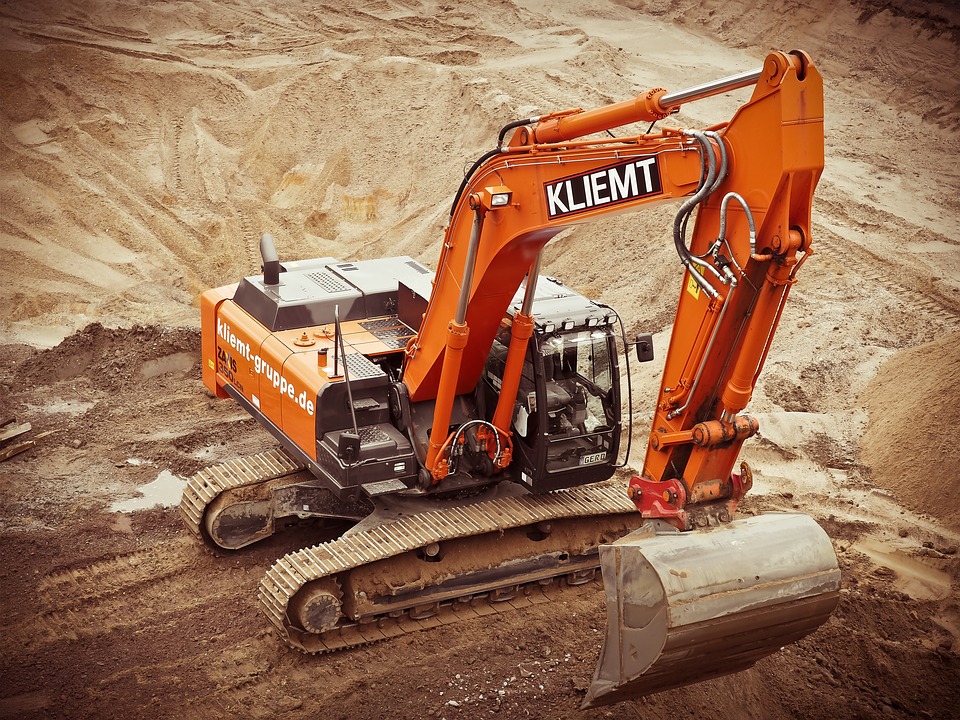The History of Lime and its Environmental Benefits

Lime based plastering, rendering and mortars are used extensively in the conservation and restoration of old and historic buildings. They offer an attractive and environmentally sustainable and friendly alternative to concrete based plaster work and enjoy a revival not only in conservation plastering, but also in more modern buildings and architectural designs.
What is lime mortar?
Lime has many uses in the building trade. It can be used as a mortar, a render, a plaster and as slurry and washes. All these various types of lime product come from limestone which was laid down in the Cretaceous Period (60-150 million years ago). The limestone is burned at extremely high temperatures (up to 1250°C) to combine with clay to produce a mixture of quicklime, cementitious material and an inert material. These limes then require slaking with water to convert the quicklime to calcium hydroxide. There are two main types of lime mortar and both are used in lime plastering. These mortars are Lime Putty (Non Hydraulic Lime) and Hydraulic Lime.
Non-hydraulic lime
Non-hydraulic lime or lime putty is lime in its purest form. It is an excellent material used to great effect with stones or bricks, which are weakened or weathered. It is an ideal consistency to be used for plastering, pointing and any face repairs to the bricks. It is often used in the conservation and restoration of buildings. Storage of lime putty is extremely important. It should be matured for at least 30 days and must be stored with aggregates in a wet condition or blended.
Hydraulic lime
Not as pure as non-hydraulic lime, hydraulic lime has the amazing ability of being able to set under water! This characteristic is due to the impurities of the silica and clay in the limestone from which it is burned. A popular material from as far back as Roman times it is like all other lime products in that it has a slower curing time of at least one week and must not be applied if the temperature of the air is less than 5°C. Hydraulic limes have many uses and can be used not only for plastering but also on chimneys, copings and pavings. It is able to accommodate movement and is excellent at retaining its water vapour permeability as well as being frost and salt resistant. A popular choice for restoration and conservation of older properties as well as excellent for newer builds.
The environmental benefits of using lime
In this time of global warming, when we all want to be making sensible and informed choices regarding the environmental impact of the lifestyle choices we make, it is reassuring to know that there is one product which is guaranteed to significantly reduce your carbon footprint. Lime mortar! This amazing building material is actually carbon neutral. Like cement it gives off carbon dioxide during manufacture. Yet, unlike cement, lime mortar actually re-absorbs carbon dioxide when it sets! It has many other amazing benefits, such as:
- Lime mortar is easy to remove from bricks and blocks allowing the reuse of the bricks.
- During manufacture lime produces 20% less carbon dioxide than cement production.
- Lime is essential in the building of any natural house (any house built using straw bales, timber, earth etc).
- Lime is biodegradable.
- Lime is burnt at a lower temperature than cement in the production process (900°C as opposed to 1300°C), therefore making lime production not only more environmentally friendly but also more economic as well.
- Lime is recyclable.
Lime has many other benefits.
- Lime allows the building to “breathe”. Water can escape by evaporation, unlike cement where the only way the water can escape is by being absorbed into the bricks and therefore, risking damp and erosion of the building substrate.
- Lime is soft and flexible. It allows the building to move (as all buildings do!) without cracking and letting water in (unlike our old friend cement!) It has been dubbed “self-healing” because of this ability.
